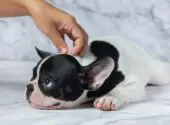Dogs are members of our families, and we often treat them as such. They bring us happiness and comfort, they make us laugh, and they give us unconditional support. When one of these pets gets sick, we always come to their rescue.
But when it’s the canine Parvovirus that we’re talking about, we often find our dogs so helpless. The fever and severe vomiting just rip our hearts into pieces. If only we have thousands of dollars in our pockets, we would immediately run to the vet!
Fortunately, we can treat parvo at home using effective home remedies. This article will teach you how to cure parvo without a vet.
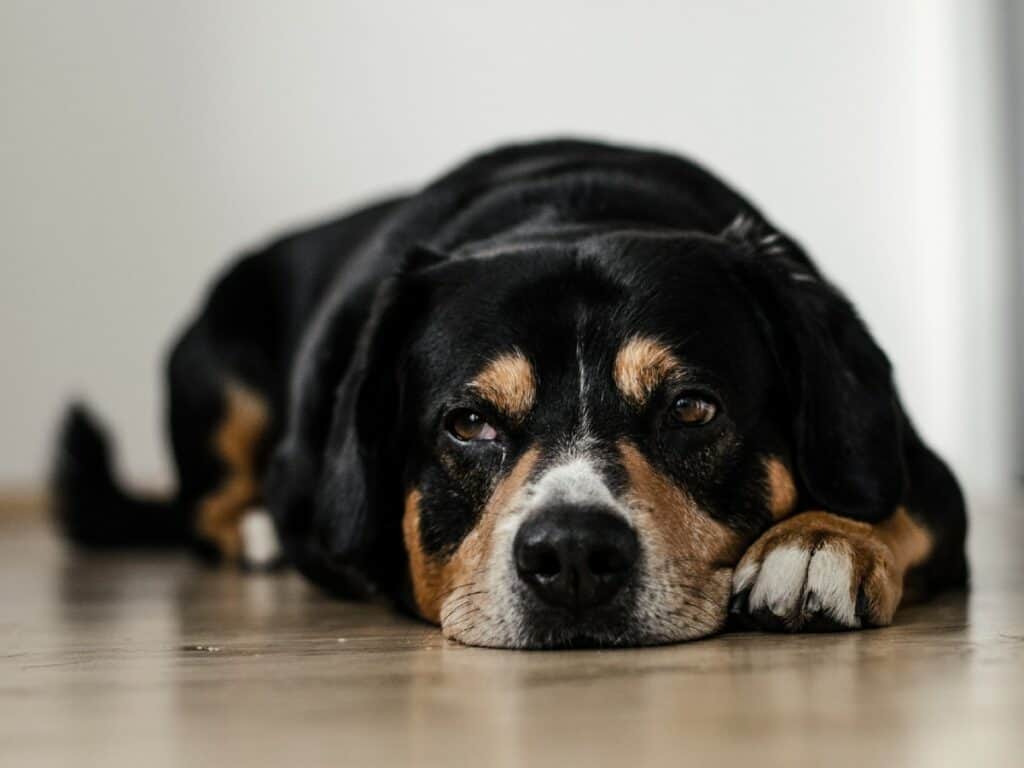
What is Parvo in Dogs?
This contagious virus affects all dogs, but young, unvaccinated dogs and pups ages 6 to 16 weeks are the ones most likely to get sick. These pups are commonly referred to as having “parvovirus” (or “puppy parvovirus”).
The canine Parvovirus (CPV) is usually transmitted by direct fecal-oral transmission from dogs to puppies. However, it can also be transmitted through indirect means, including contaminated water bowls, collars and leashes, food, and crates. As a pet owner, you can also contract and spread parvo by touching the infected dog’s feces or even just walking past an infected dog without washing your feet first.
Once a canine has been exposed to Parvovirus, there is an incubating period of 3–7 days before the onset of clinical signs. Within the animal, CPV requires the assistance of rapidly dividing cells in an effort to cause illness successfully, and the virus typically starts by targeting the lymph glands and tonsils.
Once inside the lymph node, the CPV invades lymphocyte cells, which creates many copies of itself. Those viruses then travel through the lymphatic system. Eventually, some of them get into the bloodstream, causing a drop in the number of circulating T cells, a state known as “lymphopenia”.
Once inside the dog’s body, the parvovirus attacks rapidly dividing cells, most notably in the bone marrow and lining of the small intestine wall. It also causes inflammation in the heart muscles, leading to poor heart functioning and arrhythmia (irregular heartbeat).
Parvovirus usually causes death within 48 to 72 hours after the first symptoms appear. Symptoms often associated with parvo include:
- abdominal pain
- bloating
- fever or hypothermia
- loss of appetite
- drastic weight loss
- general weakness or lethargy
- vomiting
- bloody diarrhea
Why Do Puppies Get Parvo?
As mentioned, parvo affects puppies between 6 and 16 weeks old. They are particularly vulnerable because their immune systems aren’t fully developed yet. Puppies younger than 6 weeks old still retain some of the mother’s immunity if she had been vaccinated against Parvovirus.
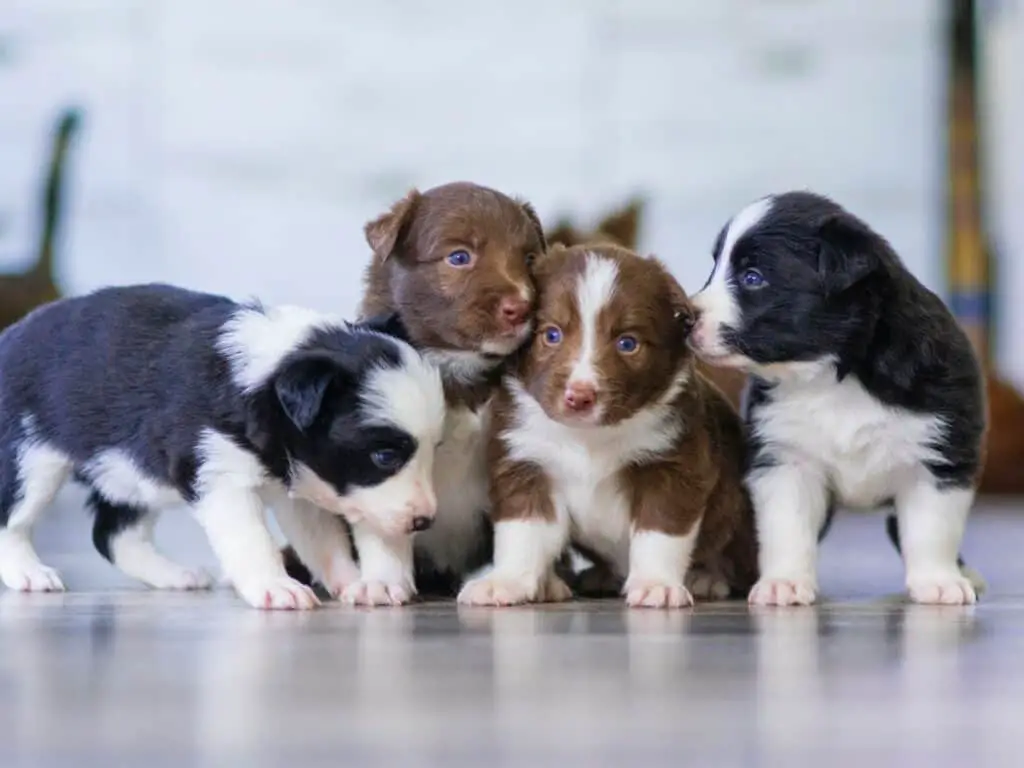
To protect puppies from parvoviruses during their first few weeks of development, a series of puppy vaccines are given by your veterinarian. They usually give puppies their first round of parvovirus vaccinations when they’re between 6 weeks old. The parvo shot is often given as part of a combination vaccine, which includes parainfluenza, canine adenovirus, and distemper vaccines.
What is the Survival Rate?
If not properly cared for, puppies who contract parvo can die within 48 – 72 hrs. However, if treatment begins early enough, survival rates are good.
It’s never a good idea to delay treating Parvovirus if you notice any signs of illness in your puppy. Ignoring the symptoms could lead to rapid deterioration until the dog becomes too ill to recover.
Parvovirus is treated by relieving the symptoms of the disease so that the puppy’s immune system has a better shot at fighting off the virus.
Read also: What Jelly Mucus In Dog Poop Might Mean?
How to Cure Parvo Without a Vet?
It’s important to get your dog treated by the vet, but if you don’t have the funds to pay for it, there are specific things you can do at home to help him recover from the parvovirus. This section of the article details the best home remedies for Parvovirus that you can use on your infected dog.
Provide a clean and comfortable environment for your infected dog.
If your dog has Parvovirus, then you should first create a calm and relaxing environment for him to recover from his illness. First, you must thoroughly clean all of your pet’s items, especially their bowls, crates, and playthings. You should remove any bacteria from these items by washing them well.
Most household cleaners aren’t effective at killing Parvovirus. But if you use concentrated bleach, you might be able to get rid of it. You’ll need to use this product generously.
Wash your dog’s blankets, towels, and bedding in hot water using your preferred detergent. Then, add some concentrated bleach to the washing machine. Finally, if you want to use your dryer, set it to its highest temperature setting.
On the other, you need to clean up all the poop in the garden regularly, too; however, you must be extremely cautious about how and where you throw away the poop.
Quarantine parvo-stricken dog.
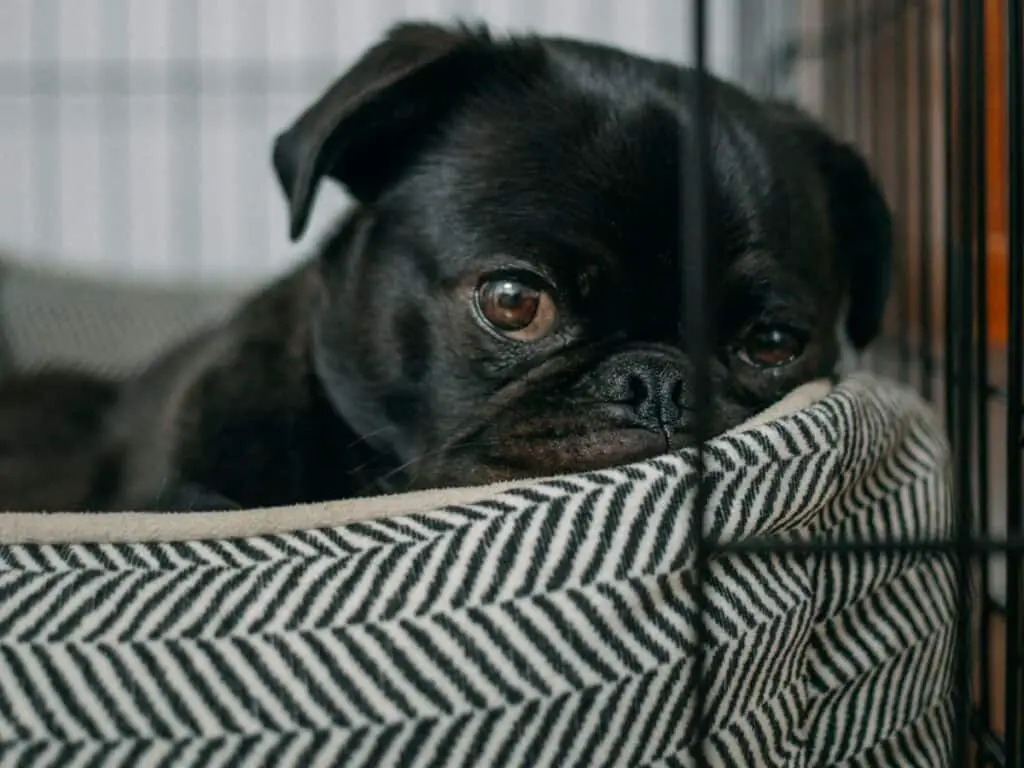
If you suspect your pet has been exposed to Parvovirus, immediately quarantine your dog and isolate it from other dogs. Keep in mind it takes too much time and effort to deal with multiple cases of Parvovirus at once.
Give your pup medical-grade fluids.
You shouldn’t just give your dog water; it needs electrolytes too. A medical-quality fluid will help an ill dog get back into shape by replenishing lost electrolytes and staying hydrated.
Administer antiobiotics.
Antibiotics won’t help against viral infections, but they can kill bacteria that might be causing an infection. Your veterinarian will need to approve giving antibiotics for this purpose.
Administer anti-diarrheal medications.
Antidiarrheal medications like Pepto can help ease your dog’s symptoms and prevent further dehydration.
Hydrate your dog.
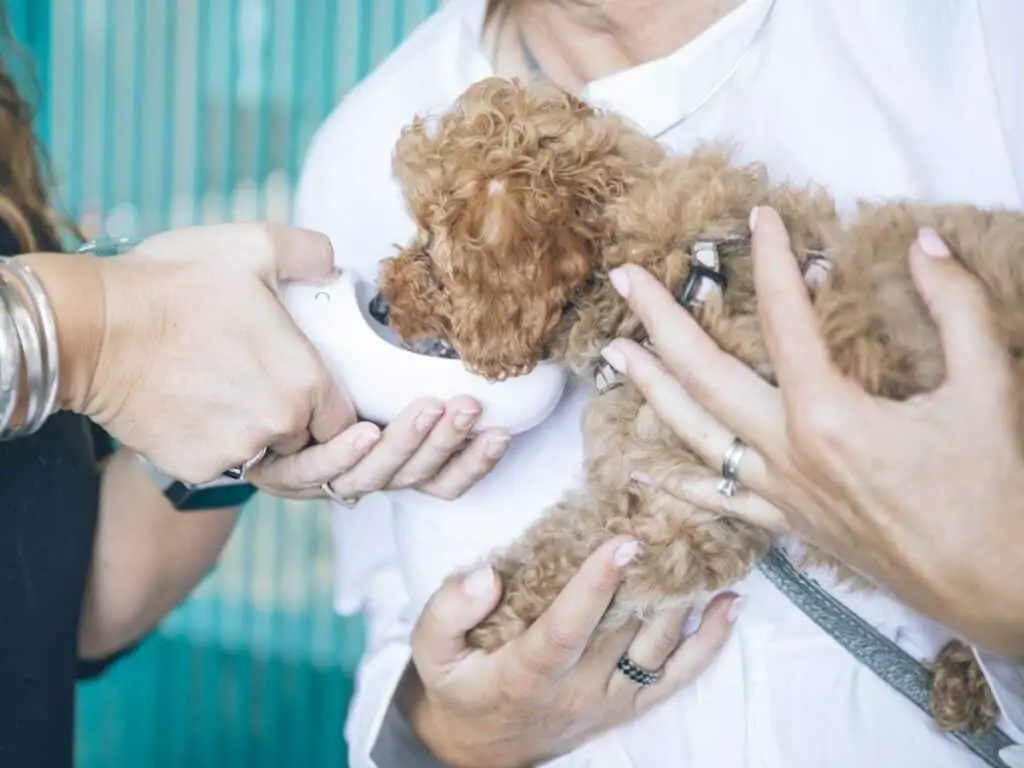
If your pet has Parvovirus, it will also be suffering from dehydration. Therefore, you need to ensure that they drink plenty of fluids and eat foods rich in electrolytes. However, sometimes your pet may refuse to drink. If that happens, you need to be creative when replacing lost fluids.
Using dog-friendly drinking containers makes the process easier for dogs and encourages them to consume water. They help keep your dogs hydrated when they’re sluggish and weak.
Get your dog to eat.
Until recently, veterinarians and dog lovers don’t wait until their puppies’ digestive tracts have healed before giving them solid foods. The standard treatment of delaying meals has been shown to cause gastrointestinal distress and impaired digestive function.
Eating has been shown to lower dogs’ inflammation, vomiting, and pain. However, not every type of food works for them.
First, you need to give them foods that provide an energy kick, such as honey, yoghurt, and coconut oils. Then, you can move to more solid meals.
Raw eggs are also an excellent option, as they are a good source of protein for dogs.
Lamb and beef liver is another very nutritious meal option for dogs. It can be boiled gently or served raw.
Read also: Should You Use Canned Pumpkin For Diarrhea In Dogs?
Include multivitamins in your dog’s diet.
If your dog shows signs of improvement, you can give it additional vitamins and supplements from time to time with your veterinarian’s approval.
Vitamin C is an important nutrient for dogs’ immune systems. It helps them resist the virus.
Moreover, Echinacea is a natural anti-inflammatory supplement that dogs can take to alleviate their upset tummy. They can consume it three times daily but don’t use it for longer than 10 days.
On the other hand, activated charcoal has been used for centuries to help remove toxins from the body. It works by absorbing harmful substances and then excreting them out through urine and feces.
However, not all brands are created equal. Make sure to buy from a reputable company with high-quality products. Start out with a small dose and add more if needed.
What are the Signs that Your Dog is Recovering from Parvo?
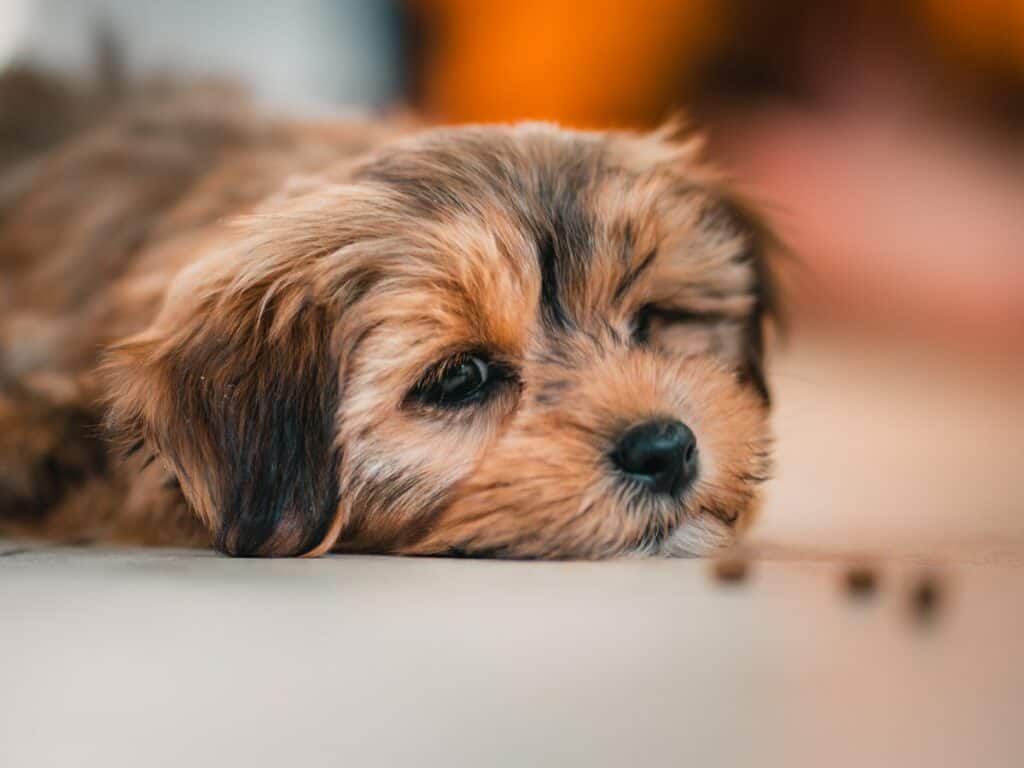
Parvovirus is terrible, but if caught early enough, your puppy can recover from it within a few days. There are several signs that can help you determine whether your puppy has recovered from Parvovirus:
- puppy stops vomiting
- puppy’s stool starts firming up
- puppy regains natural appetite
- puppy starts standing up and moving around
Related Questions
When is it too late to treat parvo?
Once the bloody diarrhea appears, the chances of your dog recovering are slim. Because that means the virus is probably already causing damage to his digestive tract.
Can a vaccinated dog get Parvovirus?
Vaccination against CPV has been shown to be effective in preventing parvo infection in dogs. Yet, there is no way to guarantee that a vaccinated dog will not get parvo.
But when this happens, a properly vaccinated dog will recover faster than the non-vaccinated one.
Is it expensive to treat parvo at the veterinary clinic?
Yes. Treatment costs between 800 to 2000 dollars. Because of this, it’s important that dog owners get pet health coverage when they adopt a new puppy. Doing so can save them from having to pay out of pocket if their pup gets sick.
References
Muñoz, A. I., Vallejo-Castillo, L., Fragozo, A., Vázquez-Leyva, S., Pavón, L., Pérez-Sánchez, G., … & Pérez-Tapia, S. M. (2021). Increased survival in puppies affected by Canine Parvovirus type II using an immunomodulator as a therapeutic aid. Scientific reports, 11(1), 1-14.
Kilian, E., Suchodolski, J. S., Hartmann, K., Mueller, R. S., Wess, G., & Unterer, S. (2018). Long-term effects of canine parvovirus infection in dogs. PloS one, 13(3), e0192198.


